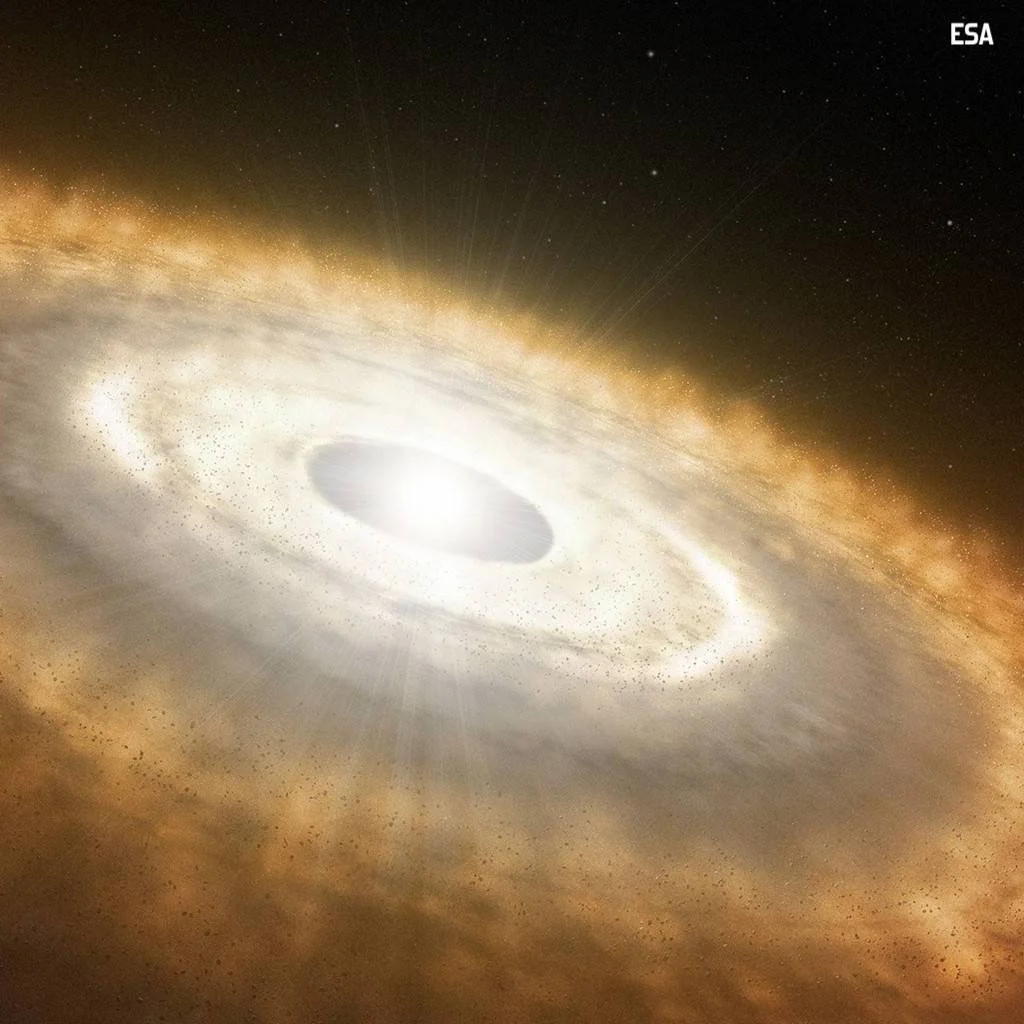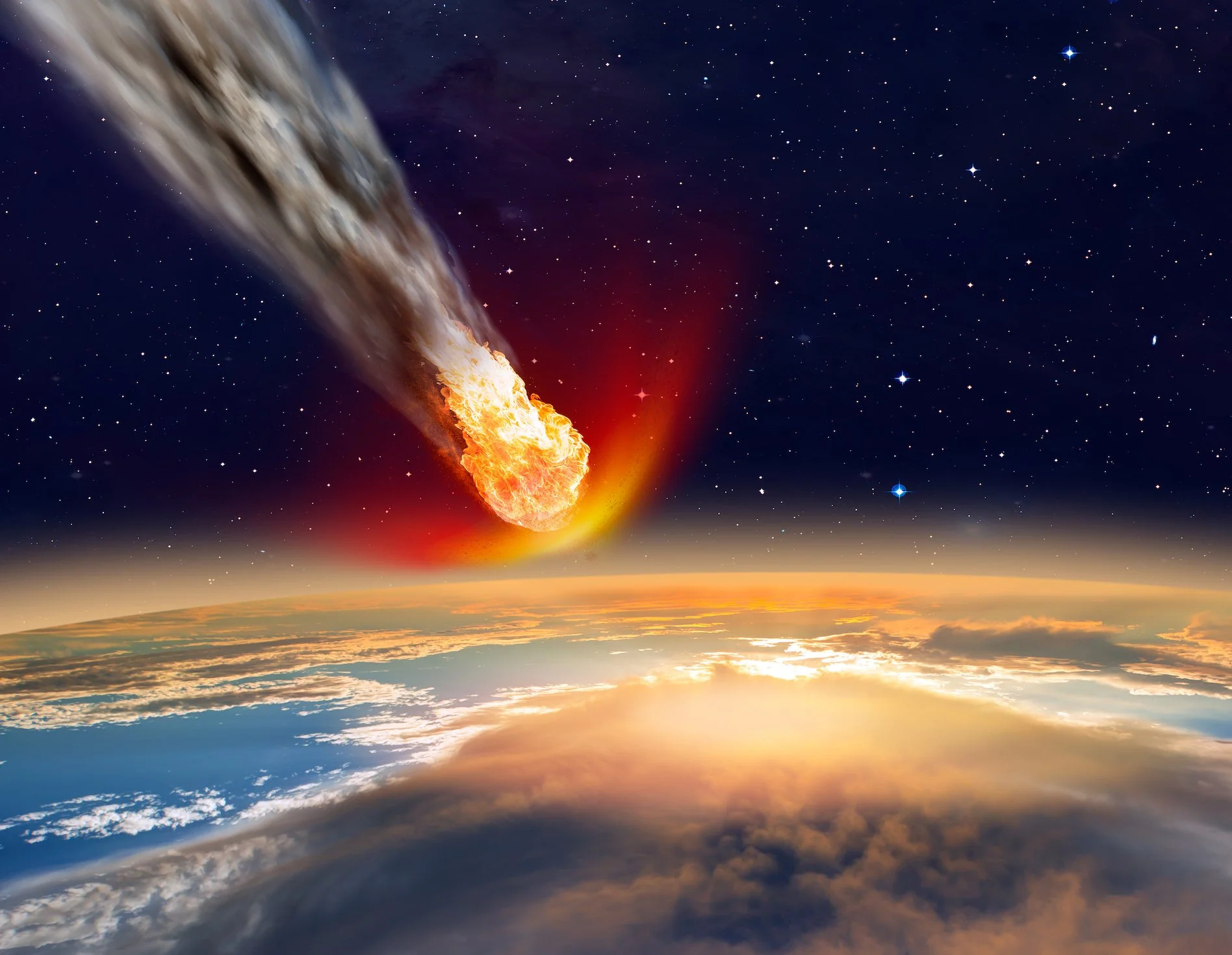We’ve done the baby universe, and baby galaxies, and the very first baby stars ... and *those* were a bit nasty, a bit grumpy. So this week, we're talking baby stars again, but in the modern era — stars being born now, as we speak. Mind you, just because they've got more than H and He to buiold with, doesn't mean they're any less temperamental. Emily takes use from the interstellar medium, through interstellar clouds and collapsing proto-stars, to the birth of a cute little pre-main-sequence star.
93: Baby Galaxies
This week, it's baby galaxies — the very, very ancient, and the surprisingly brand new. Emily looks back at the earliest things-we-might-consider-galaxies, and the competing models for how they formed. Then we take a peek into the beautiful M81 galaxy, which is, as we speak, sloughing off some of its stars and galaxy stuff, thanks to an ongoing fight with M82 next door. The fun part is, the extra stuff seems to be forming into a new galaxy — albeit one with a difficult future ahead ...
92: Baby First Stars
Continuing our theme of baby-related astronomy, Emily picks up the story from last episode — we'd just finished making the universe and watching its insane growth spurt, and then ... the first stars turned on! And wow, were those first stars weird. Even weirder, there might still be some of them about, 13 billon years later!
91: Baby Universe
We're back! Emily has some exciting news, and in regonition of this, we're starting a series of episodes on a theme — starting with the birth and infancy of the Universe! From the earliest physically-sensible moments, through the explosive growth spurt of Inflation, to the creation of forces, particles, nuclei and — eventuallly — atoms, we track the adorable and exciting early development of the cosmos.
90: Touching The Sun
While the James Webb Space Telescope waits patiently for its new scheduled liftoff on Christmas Eve, the Parker Solar Probe has been doing amazing things, whizzing through the outer edges of the Sun's corona for the very first time. Emily explains what we do — and staggeringly don't — know about our nearest star, and how Parker is going to help plug some of the more embarrassing gaps in our knowledge.
89: Diverting Dimorphos with DART
Every year, thousands of decent-sized chunks of rock hurtle past — and often into — the Earth. Of the ones that do hit, most burn up leaving a pretty trail. Occasionally, a bigger one explodes with a boom that shatters windows. More rarely, a big one wipes leaves a large smoking crater and widespread local destruction. Then there was that huge one that devestated the planet, wiping out the dinosaurs. Wouldn't want one of those again/ Fortunately, loads of astronomers are watching the skies to spot any asteroids getting too close for comfort. But what if they find one — what do we do about it? This month, a small spacecraft called DART began its mission to crash into a distant asteroid, to see if maybe we can shift it's orbit a little. It's a test, for sometime in the future, when we might need to do that for real, to save the planel.
88: Galaxy Munchies
When a galaxy eats another galaxy it's called "Galactic Cannibalism". But what if a galaxy eats a galaxy that ate another galaxy, which maybe ate another ... we're getting into Russian nesting dolls here. Emily gives all the latest on new evidence of galactic cannibalism in our local neighbourhood, galaxy-wise, in the form of strangely ancient globular clusters.
87: Star Go Boom!
Some stars go out with a whimper, but others go with a bang — and what a bang! Supernovae are ludicrously energetic explosions, so you wouldn't want to see one up close. Astronomers to do spot them, in surprisingly large numbers — though usually they only get to observe them after they've lit up. Recently, however, researchers managed to get loads of data about one supernova in a not-too-distant galaxy *before* it went boom, thanks to a lucky intervention by this podcasts favourite space telescope …
86: Extragalactic X-Ray Exoplanet
We've spotted thousands of planets around other stars in our own Milky Way. But when we look at other galaxies, it's mostly impossible to see individual stars — let alone any planets orbiting them. Recently, astronomers spotted what looks suspiciously like a transit event in the signal from a bright x-ray binary system in the whirlpool galaxy. Could it be an exoplanet? Emily runs throuugh all the ways this might *not* be the case, and we're left with a tantalising "well ... maybe”.
85: Lucy In The Sky With Trojans
We're going back to Jupiter again — or, near Jupiter anyway. Like the Lucy space probe we're zooming off to the 4th and 5th Lagrange points of Jupiter's orbit, where a whole pile of Trojan asteroids are camped. Emily explains Lucy's mission, how it got the name (it's complicated), and what we hope to learn about the solar system's origins from this Trojan multitude.










